Diameter of 2 inches, feel light as cicade wings; pattern contains 13 colors, without using a drop of ink, full of color and will also last shining ...... Last summer, when each of the first undergraduate students of Westlake University opened their acceptance letter gift boxes, all of them were surprised to notice this chic "science meet and greet" wafer picture inlaid on the admission plaque.
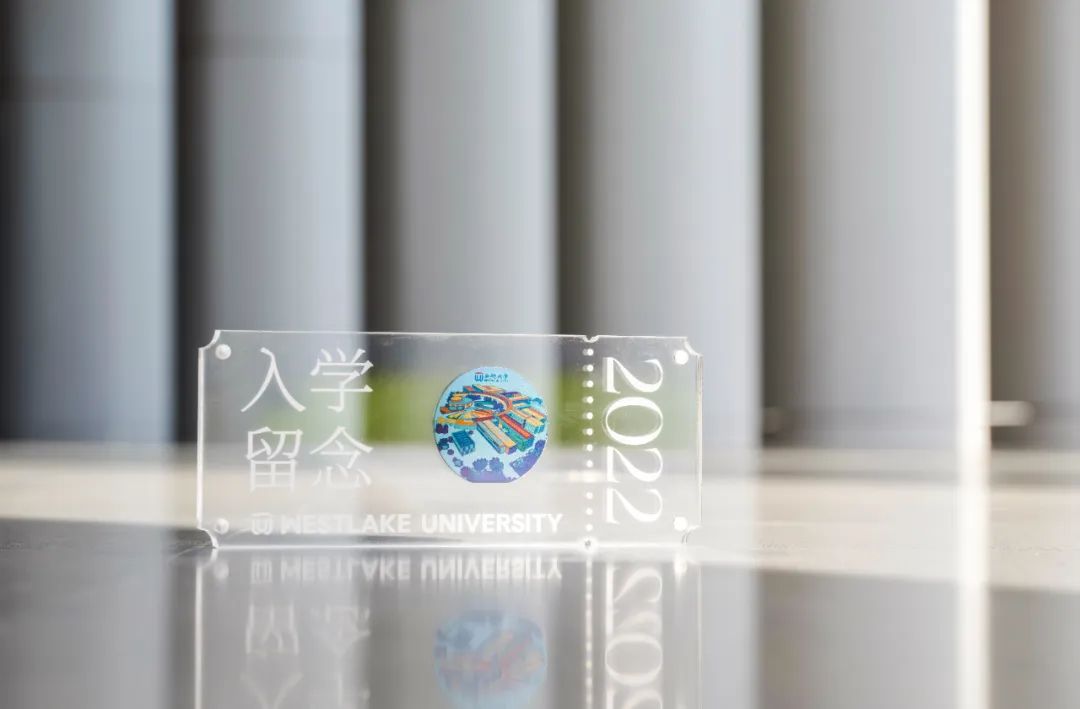
In fact, the debut six months ago was only the first work of scientists. Recently, we were finally able to get a glimpse of the complete "true face" of this technology - Qiu Min's team at Westlake University published in the latest issue of Nature Communications under the title "High-speed laser writing of structural colors for full-color inkless printing". They used a composite film of two superhard ceramic materials, titanium nitride and aluminum titanium nitride, as a special "paper" and used ultrafast laser micro-nano processing on its surface to realize " Full-color Inkless Printing with Femtosecond Laser", providing a new idea for the industrial application of laser inkless color printing technology.
Familiar "inked" printing, what's wrong with it?
It's a common scenario in office or home: you gently press the "print" button on your computer, the connected printer spits out paper with great efficiency, and very conveniently, you're holding a color paper version of your electronic content, whether it's a document, a chart or a photo.
Obviously, with the popularity of color printers, this has become a daily routine in thousands of homes. Currently, nearly 150 million printers are sold worldwide each year.
However, printers are one of the major sources of environmental pollution, as the current widely used inkjet or laser color printers require large amounts of ink or toner, and these pigments can cause non-negligible pollution to the environment and harm to humans. Ink contains a certain concentration of lead, cadmium, mercury, polybrominated biphenyls and other volatile and harmful substances and elements; when the printer is working, toner also releases a large number of micro-particles that can be absorbed by the human body. A study shows that in a closed room, when the printer is working, the number of suspended particles in the air will be five times higher than usual.
How to get rid of "ink"? Once again, mankind draws inspiration from nature.
Do you remember the time when you admired the colorful wings of butterflies or insects up close, or observed the colorful feathers of birds? You thought that their dazzling colours originated from the pigments in their bodies (chemical colors), but in fact they are the masterpieces of structural colors (physical colors). When light irradiation in a large number of ordered structures on the micro and nano scale, refraction, diffuse reflection, diffraction or interference will occur, thus producing color, without using "pigment". In contrast to pigments, structural colors are non-fading, high resolution and environmentally friendly.
So, can we follow the example of nature and apply structural colors to inkless printing?
Scientists have made a bold attempt - a solution that uses ultrafast lasers to create micro and nano structures on the surface of materials to produce structural colors, i.e., ultrafast laser color printing. In this technique, the light (laser) is the "pen" and the "maker" of the special structures "canvas". For example, the various types of traditional anti-counterfeiting code paper surfaces are the application of laser-induced self-organizing nano-grating to produce a rainbow of colors, which has some application in anti-counterfeiting, but cannot produce patterns of specified colors.
This technology is also used in Canada for the coins and commemorative medals, but its print gamut is narrow, covering only 15% of the gamut range of the standard RGB standard colour system; and it can only be produced on precious metal surfaces, which means that it is highly restrictive on materials; the printed colors have poor anti-abrasion propertie and are prone to fading.
That is to say, despite the various explorations and attempts by scientists, there are more or less "shortcomings". How to broaden the color gamut of ultrafast laser color printing (i.e. the ability to print more colors), and to achieve color does not change with the observation angle, become the key problem of the current laser coloring technology research needs to break through.
What will happen when ceramic is used as "paper" and laser is used as "pen"?
“Photonics and Instrumentation for Nano Technology” is the name of Min Qiu's laboratory at Westlake University. The head of the lab, Qiu Min, has been "moving towards light" for the past 20 years, focusing on research in the field of micro and nano photonics.
Over the past year, researchers in Qiu Min's lab have innovatively proposed the use of ultrafast lasers to process ceramic composite ceramic films, achieving a key breakthrough in ultrafast laser color printing technology.
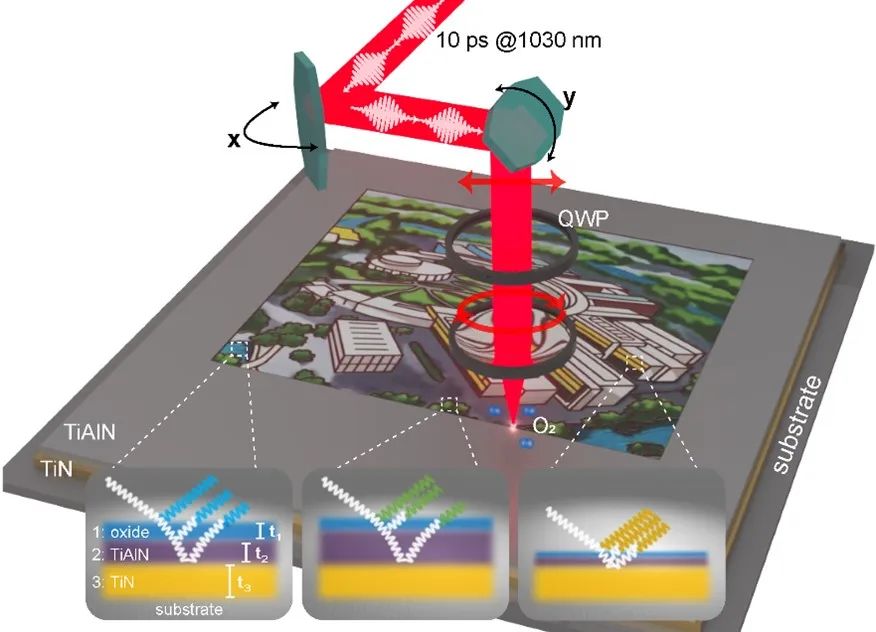
Fig.1 Scheme of surface coloring by ultrafast laser.
The core of the technology lies first and foremost in their invention of a novel 'paper' - only about 110 nanometres thick and a thousandth of a hair. The 'paper' is divided into three layers: as shown in Figure 1, the researchers have coated a single-crystal silicon substrate with 50 nm of titanium nitride and 60 nm of aluminium-titanium nitride. The first layer, the bottom layer from the top down, is metallic titanium nitride, which will act as a reflective layer – blocking the light from penetrating and increasing brightness. The second layer, a highly lossy aluminium titanium nitride dielectric, will modulate the absorption of natural light - as we know, the colors that objects take on are determined by the light they absorb. The third layer, the topmost layer, is aluminium oxide - when the ultrafast laser is applied to the surface of the aluminium titanium nitride, an additional transparent film of mainly aluminium oxide is formed, which, together with the aluminium titanium nitride, will modulate the natural light absorbed.
Due to their hardness, titanium nitride and aluminium titanium nitride are known as ceramic materials, and this "ceramic" layer of feather-light "paper" will become the "coat" that will be attached to the item on which the image is to be printed.
Meanwhile, Qiu Min's team has developed another use of the "pen" – the pen is still a laser, instead of creating structures directly on the surface of the object, the pen will "sculpt" the ceramic film paper. The laser will be cast on the film, and by controlling the energy or scanning speed of the incident laser, the thickness of both the oxide (aluminium oxide) and titanium aluminium nitride films can be changed; after the thickness has been changed, the incident natural light will form a specific reflected colors through a complex interference effect between the three film structures. Thus, a wide variety of colors are created, as shown in Figure 2a.
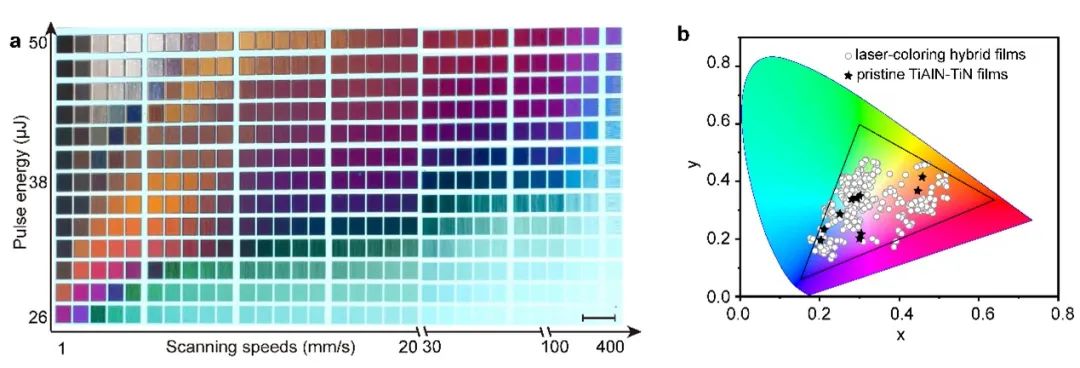
Fig.2 Typical color palettes (a) and color gamut range (b) for laser printing
The researchers then used various techniques such as energy dispersive x-rays, x-ray photoelectron spectroscopy, x-ray diffraction and focused ion beam etching to analyze the material in the laser-colored areas and confirmed that the colors observed did indeed come from the laser-induced formation of the oxide layer; that is, the 'paper' and 'pen' they developed finally achieved the ideal laser color inkless printing.
Colorful, efficient and long-lasting, Restoring the beautiful world
Every step forward in scientific research is inseparable from verification. After a short period of celebration, the research team then went put the new technology to the test round after round.
They were surprised to find that the "special paper" made from two superhard ceramic materials, titanium nitride and aluminum titanium nitride, can achieve high-speed, high-resolution, wide color gamut, large size, observation angle insensitive, anti-aging full-color inkless laser printing.
Wide color gamut. Currently, the "Femtosecond Laser Inkless Color Printing" technology invented by Qiu Min's lab has achieved nearly 90% of the standard RGB color system (as shown in Figure 2b), far exceeding the current mainstream laser coloring technology. The researchers explained that compared to the previous conventional laser coloring scheme of "laser-induced oxide film formation on stainless steel", which formed a single oxide film with only one variable, their laser-induced composite film oxidation will be able to change the thickness of both the oxide film (aluminum oxide) and the aluminum titanium nitride film, giving an additional degree of freedom, resulting in a wider color gamut
High speed and high resolution. This technology enables both high speed and high resolution full color inkless printing. In terms of printing speed, the technology achieves a record 10 cm2/s, as shown in Figure 3. This means that a sheet of A4 paper can be printed in full color in less than one minute. In terms of print resolution, the researchers demonstrated color printing at 10,000 dpi, exceeding the highest resolution of conventional ink printing by more than 10 times.
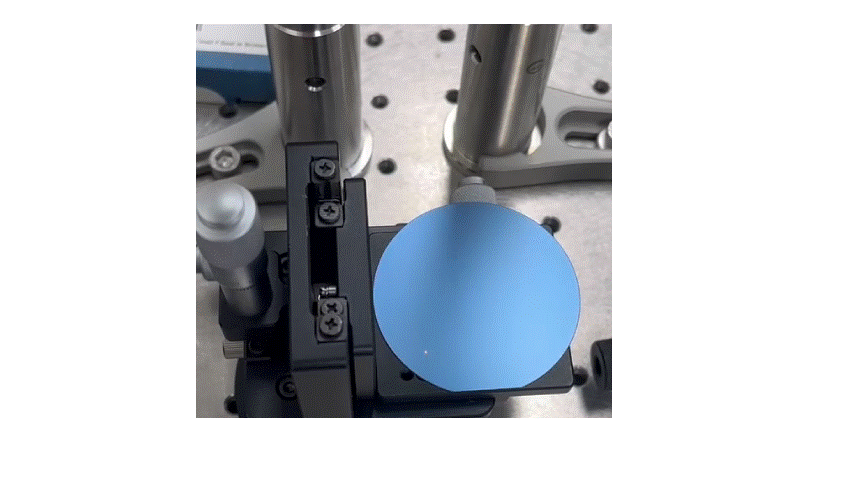
Fig. 3 Dynamic illustration of ultrafast laser coloring of the material surface
The color does not vary with the viewing angle. The high absorption properties of titanium aluminum nitride create a significant additional phase difference at the interface, which counteracts the color change with viewing angle caused by the difference in film thickness; simply put, it is because this "feather coat" is so thin that the color does not change in the range 0-80°, regardless of the viewing angle, which is another challenge in the field of laser coloring (as shown in Figure 4)
High color longevity. Researchers conducted a series of destructive experiments, testing aging in a high-temperature and high-humidity environment (double-85 test), testing corrosion resistance in a salt spray environment, and conducting experiments such as photobleaching and adhesion, but the work of "femtosecond laser inkless color printing" still durable. This is because the dense aluminum oxide film formed on the surface of aluminum titanium nitride plays a very good protective layer. After a series of national standards of anti-aging tests, researchers further confirmed the color difference induced by the laser on the aluminum titanium nitride is still <7, which fully meets the needs of industrial applications.

Fig. 4 Laser coloring palettes observed from different angles
The last step of the experiment is the most "colorful" and "gorgeous". Can you believe that this is the "art masterpiece"
of a group of engineering students?
Picasso's famous painting "Weeping Woman"...
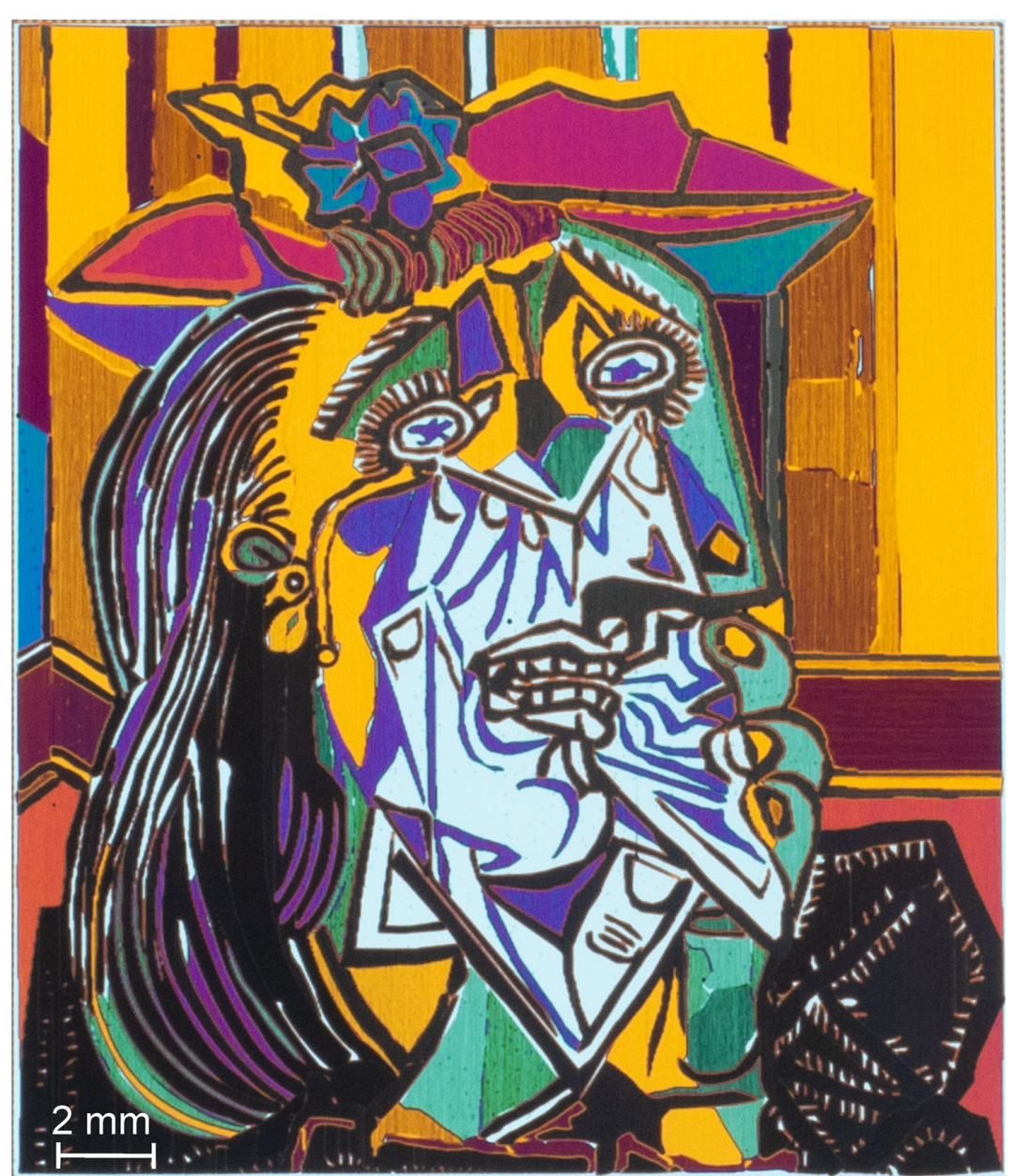
Spring Dawn at the Han Palace" by Qiu Ying, a famous painter of the Ming Dynasty

Wang Xizhi's Calligraphy “Orchid Pavilion Collection”---
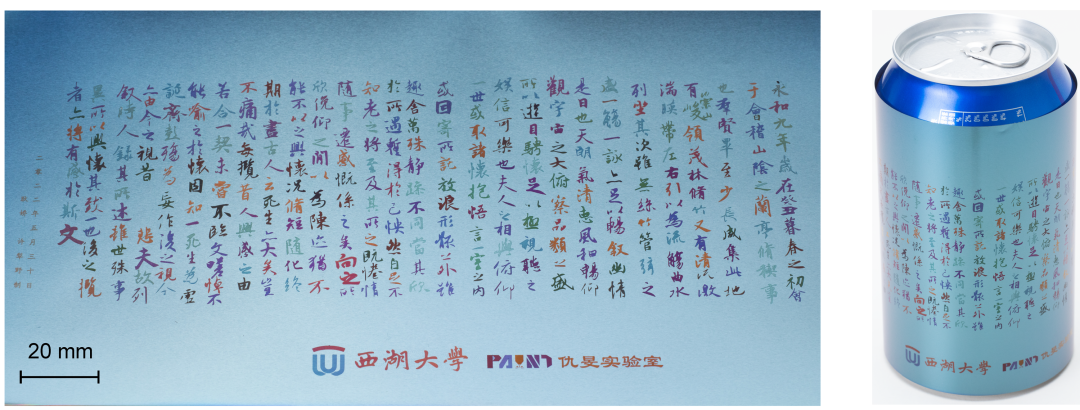
Among them, "Spring Dawn at the Han Palace" was printed on a rough unpolished monocrystalline silicon surface, while “Orchid Pavilion Collection” was printed on a soft steel foil. This will also be a great advantage of this laser printing technology over traditional micro and nano processing techniques (such as electron beam etching and nanoimprinting) that also present structural colors.
In 2022, the first undergraduates of Westlake University, more than 20 members of the advisory board of Westlake University, including Chen Ning Yang, became the first witnesses of this technology (Figure 5-6).
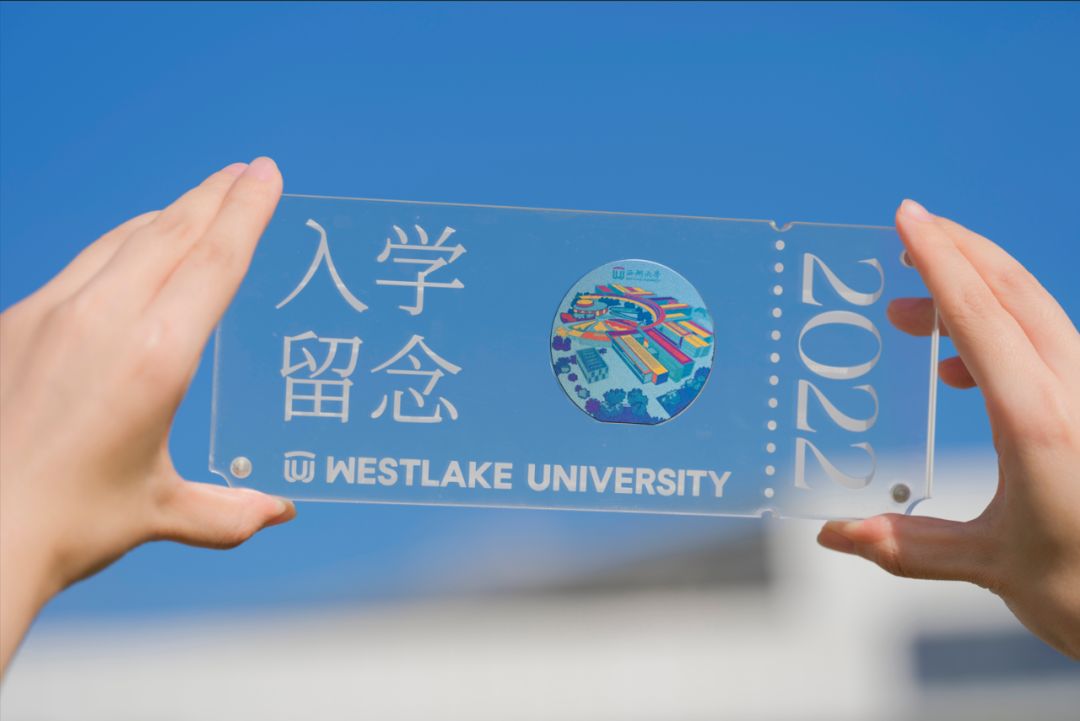
Fig. 5 Entrance souvenirs made by researchers in Qiu Min's lab for the first batch of undergraduates at Westlake
University
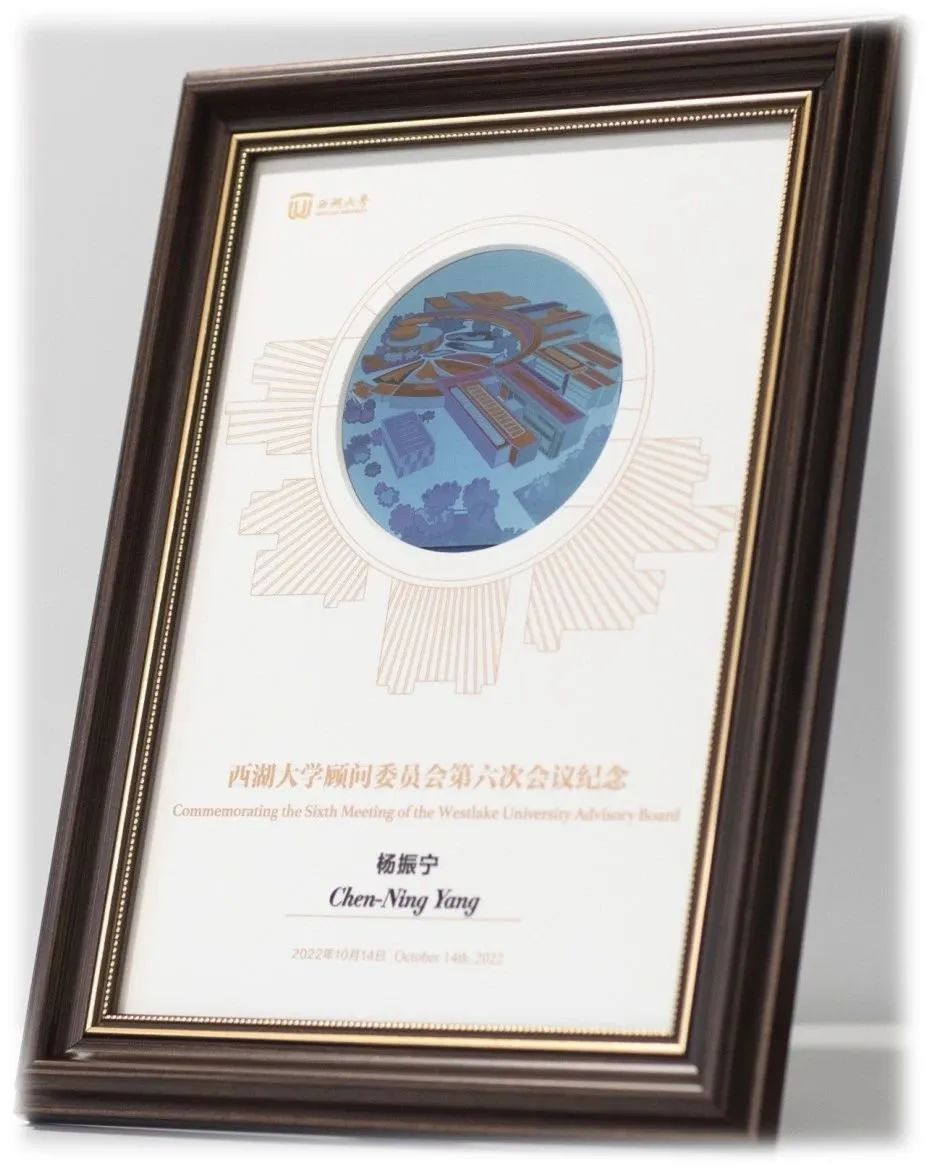
Fig. 6 Souvenirs made by Qiu Min's lab researchers for Mr. Chen Ning Yang
In the future, how will this technology change our lives? The open-ended proposition was left to the public to answer. "You can imagine, we are responsible for realizing" - after the release of "Wandering Earth 2", China Aerospace Science and Technology Group, China National Petroleum Corporation, Sinopec, COFCO, etc. have all "responded" to the magnificent fantasy of the film ". And this is also the concept of Qiu Min's team. The mission of scientists is to explore the realm that has not been reached by previous generations and turn the impossible into possible step by step.
【Assisted Reading】
Let this "masterpiece of light " go farther
The road from 0 to 1 has always been full of thorns. In the technical aspect, Dr. Geng Jiao, the first author of this paper, said that the most difficult part was the parameter debugging. They modified the parameters hundreds of times in order to present nearly 90% of the RGB standard colors.
There is no precedent for such modifications. The most challenging thing was to generate the "inspiration" for the technology itself. In fact, the main structure of the "paper" developed in this research, i.e., the addition of a semiconductor absorber layer on top of a metallic reflective layer, is a common structure used in traditional micro-nano processing to produce structural colors; however, combining this structure with laser means and replacing it with a more suitable material to "print” a splash of color is a "never been done before" attempt.
This technology development took only about one year, and the fact that it was so efficient and innovative is based on the shoulders of "previous generations" as well as on the team's accumulation of years and years of research. Dr. Li-Ping Shi, one of the corresponding authors, learned about titanium nitride during a long term collaboration with Prof. Harald Giessen of Stuttgart University during his postdoctoral fellowship in Germany; in terms of ultrafast laser color printing technology, a detailed review on this field by former National University of Singapore and current Xiamen University academician Hong Minghui brought the team's attention to the existing technical means and bottlenecks of laser inkless coloring. Just last year, the team proposed the use of three superhard ceramic materials, titanium nitride (TiN), aluminum nitride (AlN) and titanium aluminum nitride (TiAlN), to achieve super wear-resistant ultra-thin color optical coatings (published in PhotoniX); it was in this research that the team noticed the optical and mechanical properties of titanium nitride and titanium aluminum nitride, which led to the idea of migrating these two materials to inkless printing technology ......
Of course, the immediate results do not mean the end, it contains new challenges, but also a new starting point - in the future, Qiu Min's team will continue to develop this technology to achieve new breakthroughs: for example, further widening the color gamut, increasing saturation and color brightness of this laser printing technology by optimizing the parameters of the laser and composite film. Expansion of new materials, that allow colors to be printed out as well as erased, reducing printing costs; combined with artificial intelligence technology, so that the computer instead of the human eye to pick the corresponding color block, direct printing...... and they will keep on walking towards the "light".
Dr. Jiao Geng is the first author of the paper, Dr. Liping Shi and Professor Min Qiu are the corresponding authors, and the co-authors include PhD students Liye Xu and Professor Wei Yan. This study was supported by the National Natural Science Foundation of China and the Natural Science Foundation of Zhejiang Province, and the technical support from Center for Micro/Nano Fabrication, from instrumentation and Service Center for Physical Sciences and from Instrumentation and Service Center for Molecular Sciences at Westlake University.
Paper Link: https://www.nature.com/articles/s41467-023-36275-9
Reprinted from: Westlake University official account

